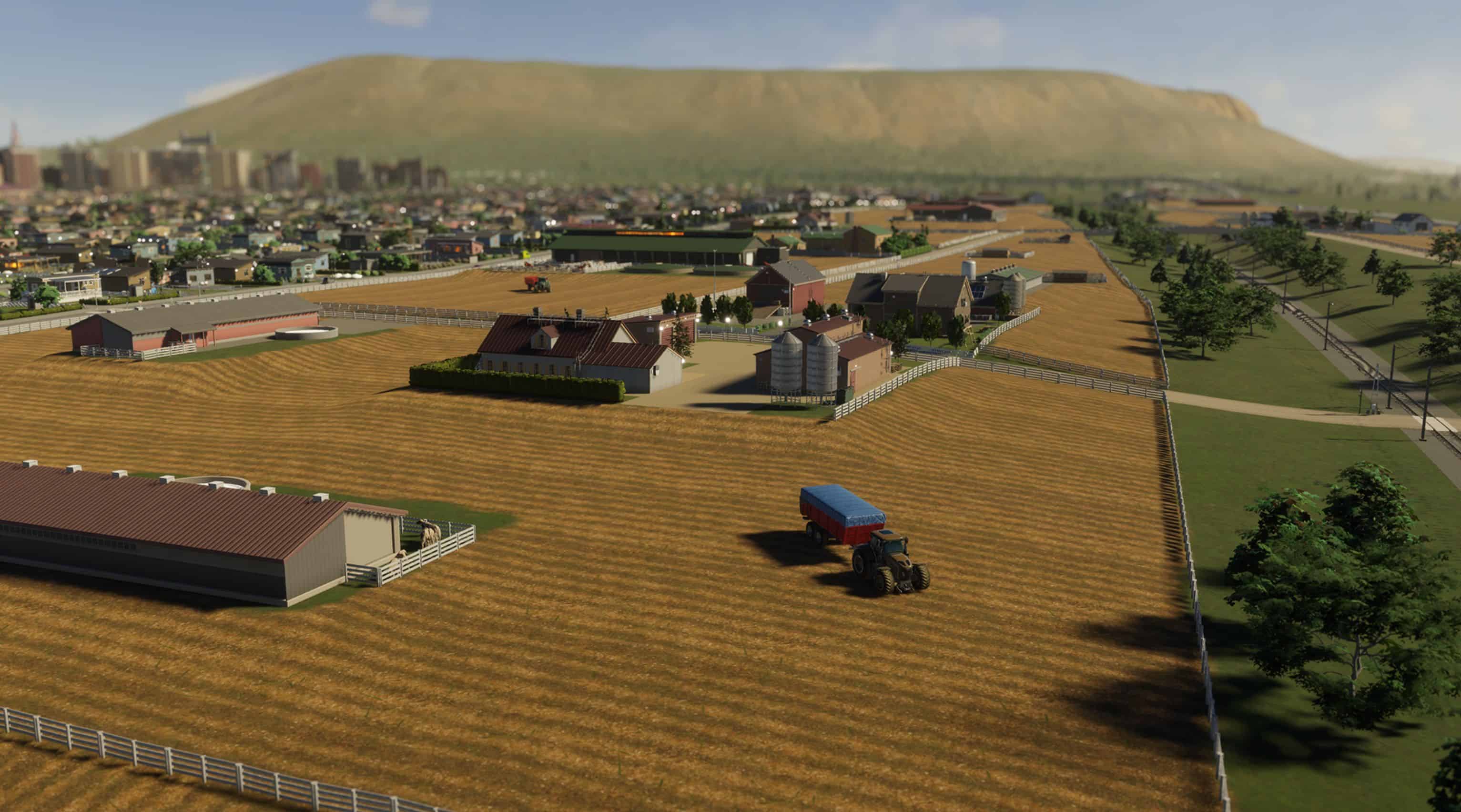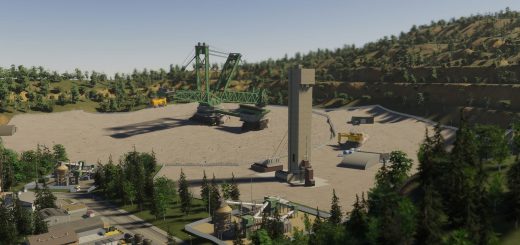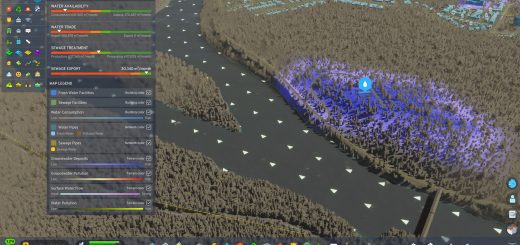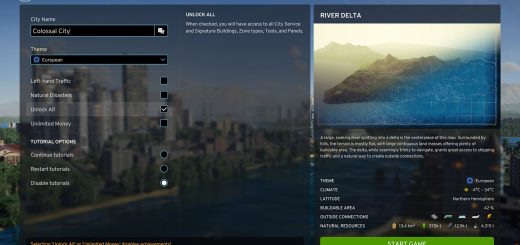Cities Skylines 2: Specialized Industries
In the original “Cities: Skylines,” the production framework was straightforward, featuring four basic raw materials that could be refined and subsequently consumed by commercial entities. With “Cities: Skylines II,” we aimed to enrich the experience by introducing diverse industry specializations, an expanded spectrum of resource production, and multifaceted avenues to amalgamate these resources into innovative products.
Specialized industry zones predominantly hinge on the availability of specific natural resources: Fertile Land, Forests, Ore, and Oil. However, Livestock farming and Stone quarrying zones stand as exceptions, as they can thrive without being tethered to specific natural assets. Among these resources, Oil and Ore have a finite presence, causing a gradual depletion in extraction. In contrast, Fertile Land and Forests boast regenerative capabilities, though they are susceptible to environmental degradation.
“Cities: Skylines II” showcases 9 distinct Specialized Industry Zones. The game offers a quartet of farming choices: While Livestock farming is independent of natural resources, Grain, Vegetable, and Cotton farming mandates proximity to Fertile Land. Forestry, as the name suggests, is rooted in Forest areas. Stone mining is versatile, fitting anywhere on the map, whereas both Coal and Ore mining necessitate the presence of Ore deposits. Rounding off the list is Oil drilling, designed to tap into subterranean oil reserves.
These specialized industries don’t sway the Industry zoning demand. Furthermore, their economic dynamics diverge, as these entities are immune to bankruptcy. In the face of dwindling profits, they recalibrate by scaling down both production and workforce size, a scenario that’s likely if the region exhausts its natural resources.
DIVE INTO SPECIALIZED INDUSTRY VEHICLES
Unique to specialized industries, their operational vehicles are insulated from conventional traffic and bypass road networks. Instead, they navigate via paths spawned by the simulation during the creation of industrial zones. Operating exclusively within their designated zones, these vehicles are pivotal for resource collection. Once their collection targets are met, they transport these resources to the central facility. This hub then refines the resources, channeling them into the next phase of the production matrix.






